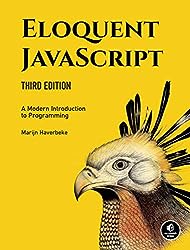Rating: 8.6/10. Eloquent JavaScript, 3rd Edition: A Modern Introduction to Programming by Marijn Haverbeke A book that teaches the JavaScript programming language: the first half is about the core parts of the language itself, introducing basic control structures then more advanced topics like modules, objects, and promises. The second half is about how JS interacts…
Category: Textbooks
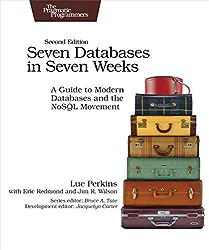
Seven Databases in Seven Weeks by Luc Perkins
Rating: 8.4/10. Seven Databases in Seven Weeks: A Guide to Modern Databases and the NoSQL Movement by Luc Perkins Book exploring seven different, mostly NoSQL databases. Each database gets about 40-50 pages and is split into three days: the first day covers basic operations like setup, inserting, querying, and deleting; the second day goes into…
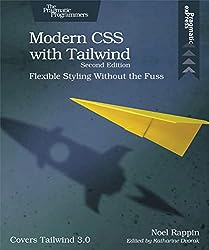
Modern CSS with Tailwind by Noel Rappin
Rating: 7.6/10. Modern CSS with Tailwind: Flexible Styling Without the Fuss by Noel Rappin A short book of around 80 pages, covering the basics of Tailwind CSS, a modern utility framework. Tailwind simplifies various aspects of CSS, making a book on it relatively concise. While online documentations cover this content, having it presented in book…

Modern Front-end Architecture by Ryan Lanciaux
Rating: 8.1/10. Modern Front-end Architecture: Optimize Your Front-end Development with Components, Storybook, and Mise en Place Philosophy by Ryan Lanciaux A fairly short book about modern frontend development centered around building components. The first part of the book introduces the concept of components and the benefits of having a consistent set of reusable components. It…
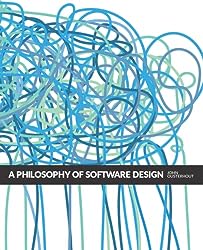
A Philosophy of Software Design by John Ousterhout
Rating: 8.5/10. A fairly short book on aspects of software engineering and design, especially on how to manage complexity. At 170 pages, it is very short and more opinionated than some larger tomes like Code Complete, some of the advice is not universally agreed upon by all software engineers, but they are well reasoned. This…

Founding Sales by Peter Kazanjy
Rating: 8.5/10. Founding Sales: The Early Stage Go-to-Market Handbook by Peter Kazanjy Book about how to do sales from first principles, for the founder of a startup who has never done sales before. The approach to startup sales is different from that of a bigger company, and you should do work that doesn’t scale. Firstly,…
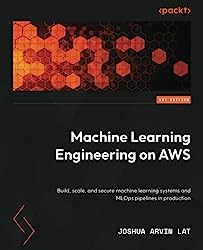
Machine Learning Engineering on AWS by Joshua Arvin Lat
Rating: 8.0/10. An overview of the AWS services used by machine learning engineers to preprocess training data, train models, and deploy them to production. The book has good coverage of all of the most AWS services with various different options of doing things, such as code vs no-code tools, and server vs serverless deployment options….
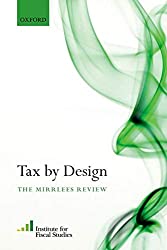
Tax by Design by Institute for Fiscal Studies
Rating: 9.2/10. Tax by Design: The Mirrless Review by Institute for Fiscal Studies Book about the issues that arise in designing tax systems, and a framework to reason about tax design, with a focus on the UK’s system. Over the last 30 years, there has been a disproportionately large increase in the incomes of the…
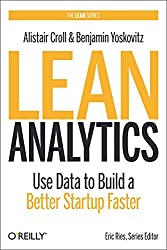
Lean Analytics by Alistair Croll and Benjamin Yoskovitz
Rating: 8.2/10. Lean Analytics: Use Data to Build a Better Startup Faster by Alistair Croll and Benjamin Yoskovitz Book about how to use data to make decisions in startups. Every metric you collect should be useful information in making a decision, so avoid collecting vanity metrics like the number of page views or sign-ups. It’s…
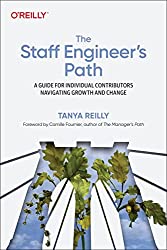
The Staff Engineer’s Path by Tanya Reilly
Rating: 8.3/10. The Staff Engineer’s Path: A Guide for Individual Contributors Navigating Growth and Change by Tanya Reilly Book about the staff engineer role, a position in many tech companies that is separate from software engineering manager and a parallel track. A staff engineer oversees the technical direction for a project, without directly managing reports….
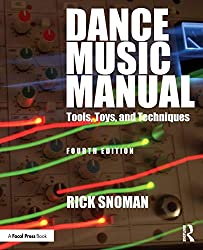
Dance Music Manual by Rick Snoman
Rating: 7.7/10. Dance Music Manual: Tools, Toys, and Techniques by Rick Snoman A textbook about music production aimed at intermediate level producers. I don’t often listen to electronic dance music, but the tools and techniques in this genre often transfer to other genres like pop as well. Compared to other genres, dance music tends to…
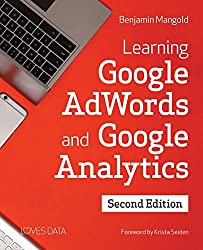
Learning Google AdWords and Google Analytics by Benjamin Mangold
Rating: 8.3/10. Textbook about the two tools in the Google marketing stack: Google AdWords and Google Analytics, with about half of the book devoted to each. The four types of marketing are: search, display, social and content. Despite popular belief, online ads are a huge market, making most of Google’s revenue, but requires some expertise…
